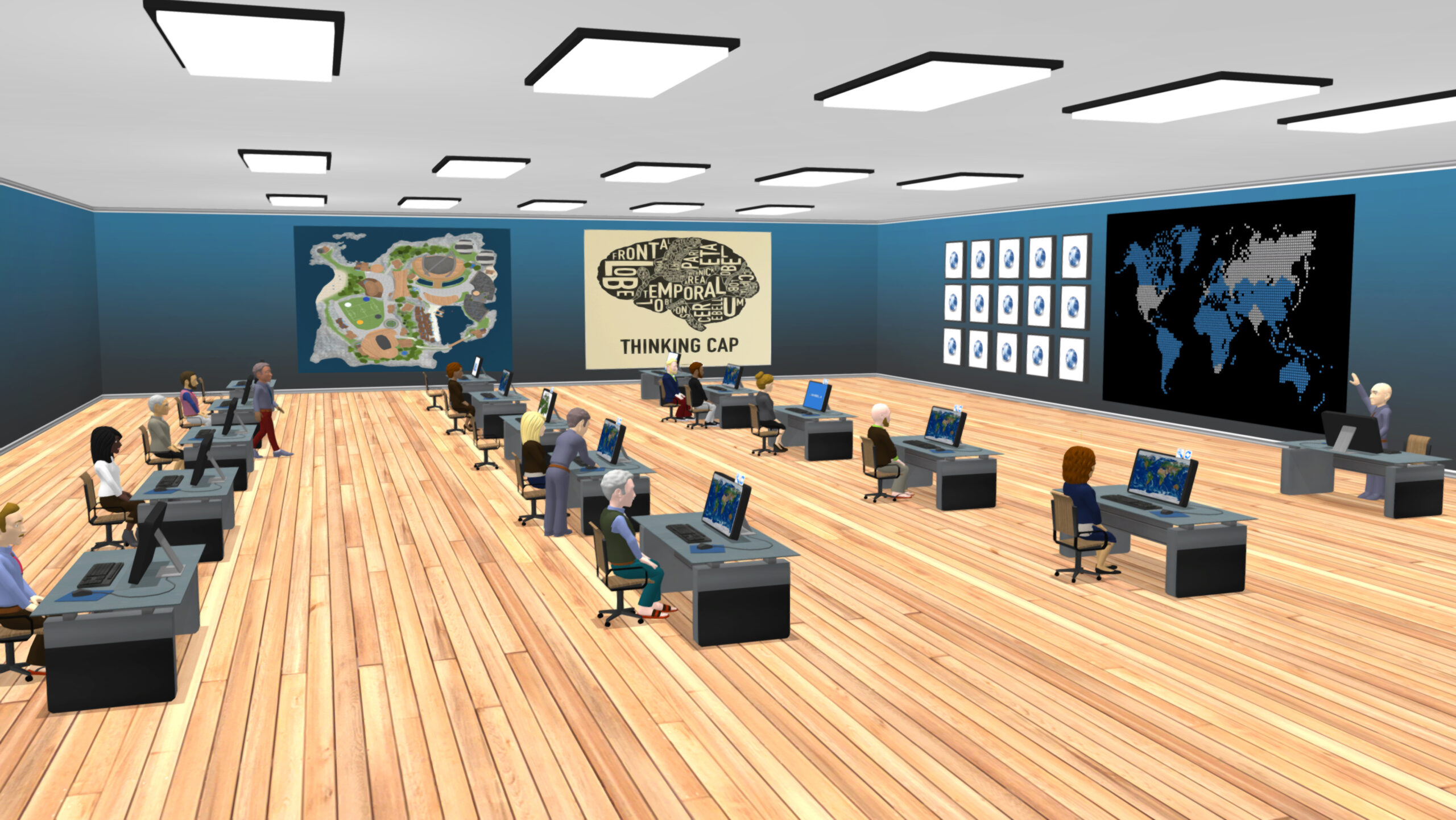If video chats have gotten you through COVID and online learning so far, you might consider creating a digital avatar to meet virtually with colleagues or teach remote classes.
You can do that on—or in—the VirBELA platform’s virtual reality campus, which has been in use at the Stanford Graduate School of Business for the past five years.
Users create a customized avatar, a digital version of themselves that can travel the grounds of a virtual campus.
The avatar can enter buildings for administrative meetings, class sessions and lectures, student group activities and other events.
More from UB: 4 COVID-era strategies for reopening facilities, including ‘bubbles’
Avatars can collaborate in break-out groups, participate in outdoor and indoor team-building sessions, and have other less formal interactions. Avatars can also drop into each’s offices says Alex Howland, president of VirBELA.
“We see people get immersed in the environment and forget about the technology,” Howland says.
Colleges and universities can design their own campus or us a generic space.
Administrators can also set up counseling centers and financial aid offices and offer other student services inside the virtual campus, Howland says.
“Social elements, such as events and clubs, much of that can be augmented here,” Howland says. “You can take connections here and have them impact back into the real world.”
UB’s coronavirus page offers complete coverage of the impacts on higher ed.






